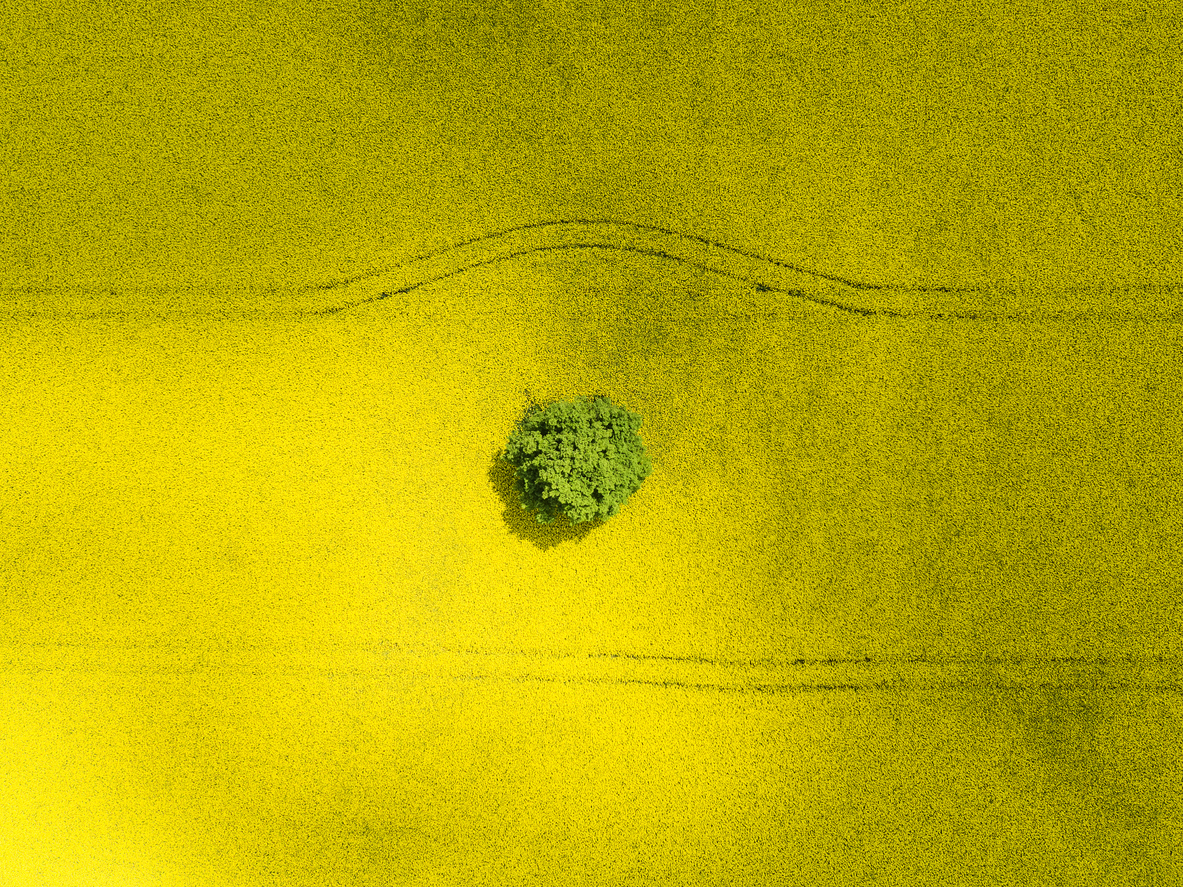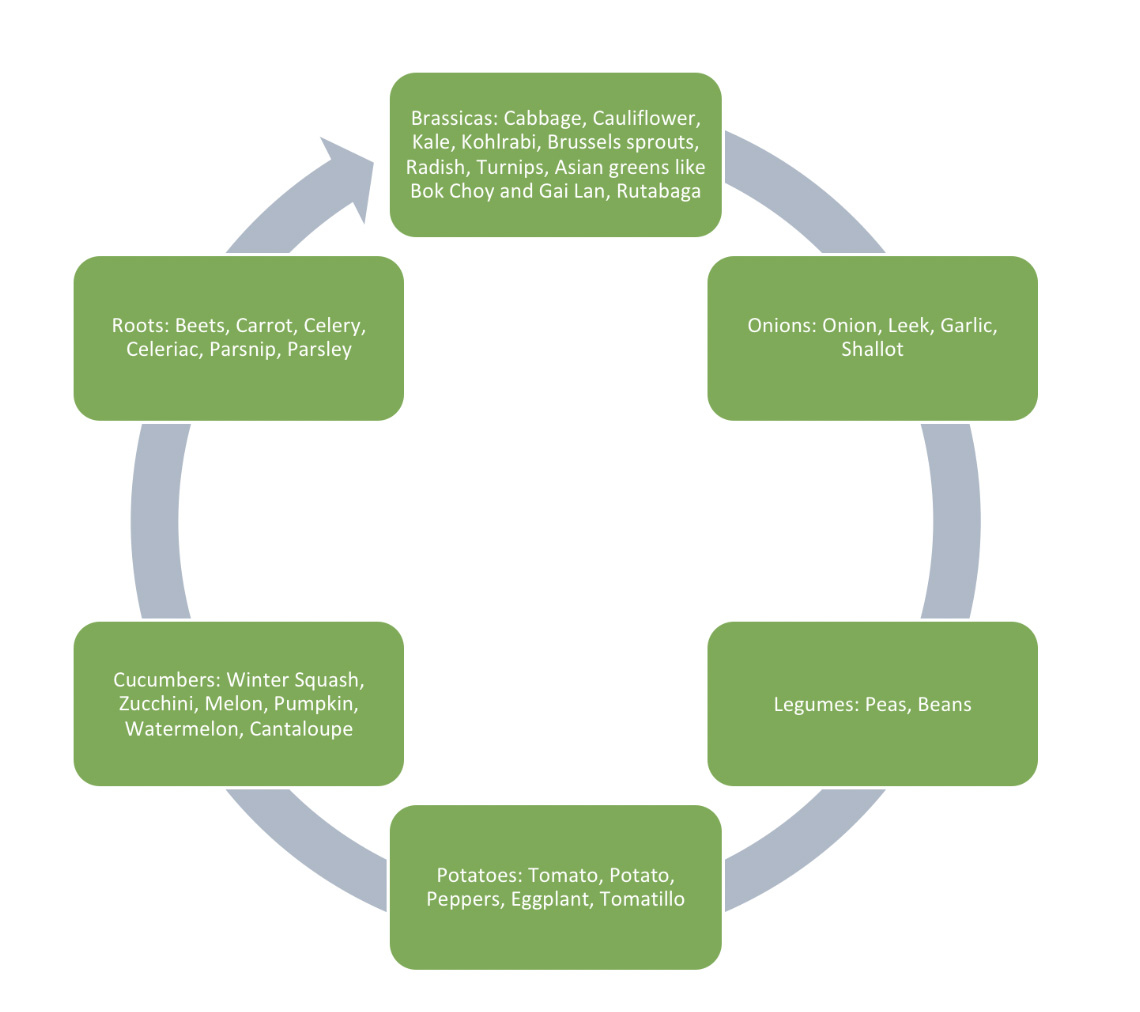
The third pillar of soil health
Pillar three of soil health is plant diversity.
There are five principles that work together to create healthy soil. When soil is healthy, it means our plants are healthy. Healthy plants are less likely to be infected by plant diseases or infested by insects. Healthy plants also mean increased yields in vegetable plants so prairie gardeners can reduce how much they grow to reap the same amount of harvest.
The five principles are: soil armour, minimize soil disturbance, plant diversity, continual live root/plant and livestock.
Click the additional articles below to learn more about the other four pillars.
The third principle in soil health is plant diversity. In the natural environment, in any space, there is a large diversity of plants growing including trees, shrubs, perennials, annuals and grasses. A single plant disease cannot take out the entire space because there is a wide variety of plant types growing in one area.
In agriculture, we find monoculture spaces or fields of a single type of plant growing. The difficulty with this is that a single disease or insect can destroy the entire field. This doesn’t just apply to a single season either, disease can harbour in soil and build up as its food source remains present which means it can affect a single crop year after year.
One crop grown in this space can use a lot of a single nutrient and deplete it. In the wild, a diversity of plants means no single nutrient is going to depleted in a space. There may be a plant that uses a lot of nitrogen but there could also be a plant that fixes nitrogen. This creates a checks and balance system in the soil. As plants decay, different plants release different amounts of nutrients back into the soil so the soil remains in balance. A monoculture field is going to deplete nutrients as the plants are removed and the nutrients are not returned to the field.
Crop Rotations

While our gardens are similar to monoculture agricultural fields where we plant a single row of the same plant, we do have more diversity in plants in a single space. We can foster the diversity in our gardens by using crop rotations. A disease that affects nightshade plants will not affect legumes so if we only grow nightshades in one spot and then follow it with legumes the next, that disease cannot take hold and multiply as its food source is missing.
All garden plants can be separated into their plant families. You can think of this like cousins or siblings in an extended family grouping. Cabbage, broccoli, cauliflower, kohlrabi, and radish are all in the Brassicaeae family. Mustard and canola are also members of this family. This means that any insect or disease that affects canola can also take out our cabbage plants. For this group of plants, we need to take special precautions like using insect netting if our gardens are in a rural area near canola fields.
If the plants of the same family are rotated through your garden, then there is less of a chance that a disease problem can build up in your soil. If you use multiple varieties of the same crop, you are also increasing diversity in your gardens. Each crop has different varieties for different uses like sauce tomatoes versus slicing tomatoes or pickling versus fresh eating cucumbers. We can increase the diversity in our garden by growing the right plant for our use and plant growing zone.
The most common plant families are:
- Solanaceae - tomatoes, potatoes, peppers, eggplant
- Cucurbitaceae - cucumbers, melons, pumpkins, squash, zucchini
- Brassicaceae - broccoli, cabbage, cauliflower, turnips, radishes
- Fabaceae - beans, lentils, peas
- Umbelliferae - carrots, celery, parsnips
- Liliaceae - asparagus, chives, garlic, leeks, onions
- Chenopodiaceae - beets, swiss chard, spinach
- Poaceae - corn, rice, wheat
- Asteraceae - lettuce, artichokes, dandelion, chamomile
- Lamiaceae - mint, sage, thyme, oregano, lavender, rosemary
- Rosaceae - strawberries, raspberries, apples, pears, cherries
Using fruit trees and pollinator gardens to create diversity
The use of organic mulch in our gardens means that the mulch is continuously breaking down on our soil. This adds organic material to our garden soil. We can help this by composting all plant material and returning it to our gardens as finished compost.
We can add further diversity to our garden space by adding in fruit trees, shrubs, creating a pollinator garden with perennials and growing a wide variety of vegetables in our gardens.

